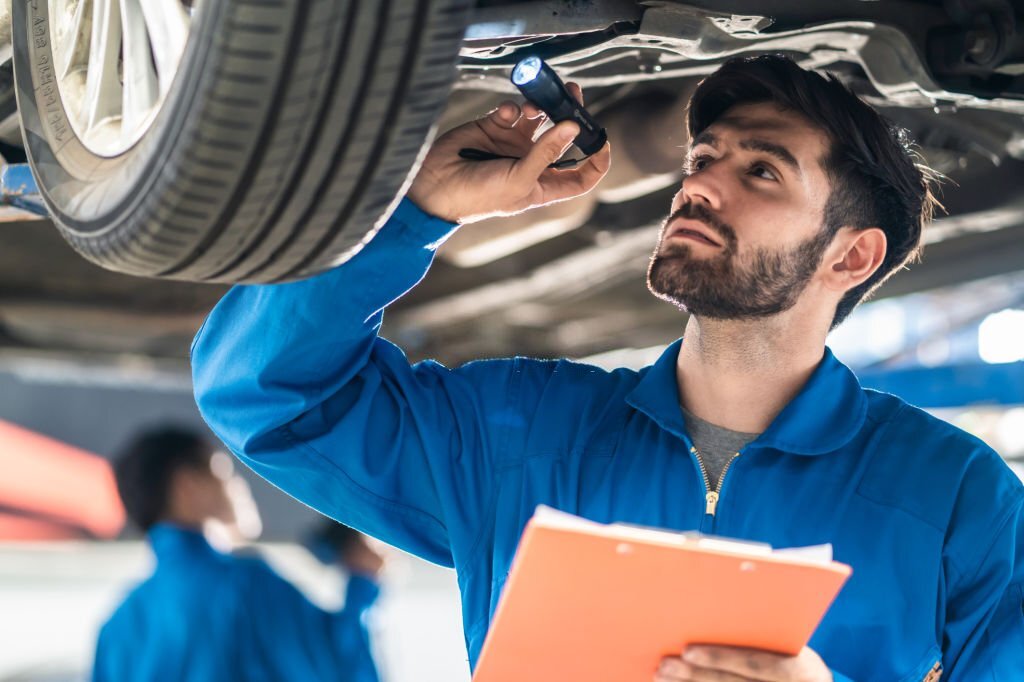MOT Check – Are three letters which usually instills fear into the hearts of car owners. Roadworthiness testing is an important check on cars older than three years, but it can also reveal nasty and expensive surprises. While some problems can be difficult to identify or require professional attention, there are things that we can do to ensure our cars pass the test first time. A few pre MOT checks, such as checking your lights before the MOT, can reduce your car’s costs.
Between 2014 and 2015, the DVSA performed 29,341,115 MoTs. 8.409,713 of those failed their first time, which is 38%. This figure has increased over the years.
Do a free check reg lookup
Simply enter your license plate number below.
Most MOT Check failures occur in the following areas:
- Lights
- Wheels and tyres
- Drivers see or the road
- Brakes
- Steering and suspension
Check out these top 9 things for your MOT Check
Some MOT failures are more difficult than others so we didn’t include them on our list. While a light that isn’t working is obvious, it is not difficult to tell if the steering or wheel aren’t working properly. During the MOT, the brake fluid and suspension will be tested.
Online advice may say to check your oil, water, coolant, and screen wash levels. However, these should not be checked as part your MOT. It’s a good idea, however, to check these simple things regularly. It’s easy to top up your oil and water, and it will help you save money over the long-term.
1. Tire tread
Although the legal minimum tread depth for cars in the UK tyres should not be less than 1.6mm, it is important to never allow them to go below this level. Place a 20p coin in the tread grooves of your tire to check it. Your tread is legal if the outer band of your coin is not visible when it is inserted. You should also inspect for cracking, deformation, or uneven tire wear.
2. Tire Pressure
You can find the correct information in your manual and then fill them up at a station.
3. Washers, washers, and wipers
All of them must be in working order. Make sure you work around them. A quick visual check takes seconds.
4. Lights
You can ask someone to watch from the outside while you check all indicators, brake lights and fog lights. Remember to check your hazards and rear lights.
5. Number plate
You should ensure that your registration plate isn’t broken or obscured. If you are caught by the police with a dirty number plate, it can result in a fine.
6. Brakes
Both the pedal and handbrake must be working properly.
7. Seat belts
Pull the seat belts suddenly to check their operation. If they are working properly, they should lock automatically and not allow any further movement until the pressure is released. Do not forget to complete them all!
8. Dash lights
You should look for warning lights at your dash.
9. Windscreen
Are there any cracks, chips, or scratches on the windscreen? The driver’s central view should not be affected by any damage. It should not exceed 40mm in the entire swept area.
Conclusion
Modern cars are equipped with an ECU (Engine Control Unit), which monitors your vehicle’s health and will alert you if there is anything wrong. A warning light will appear on your dashboard if there is an issue. It’s a good idea to book in for a car diagnosis inspection before you head off to your MOT check.

